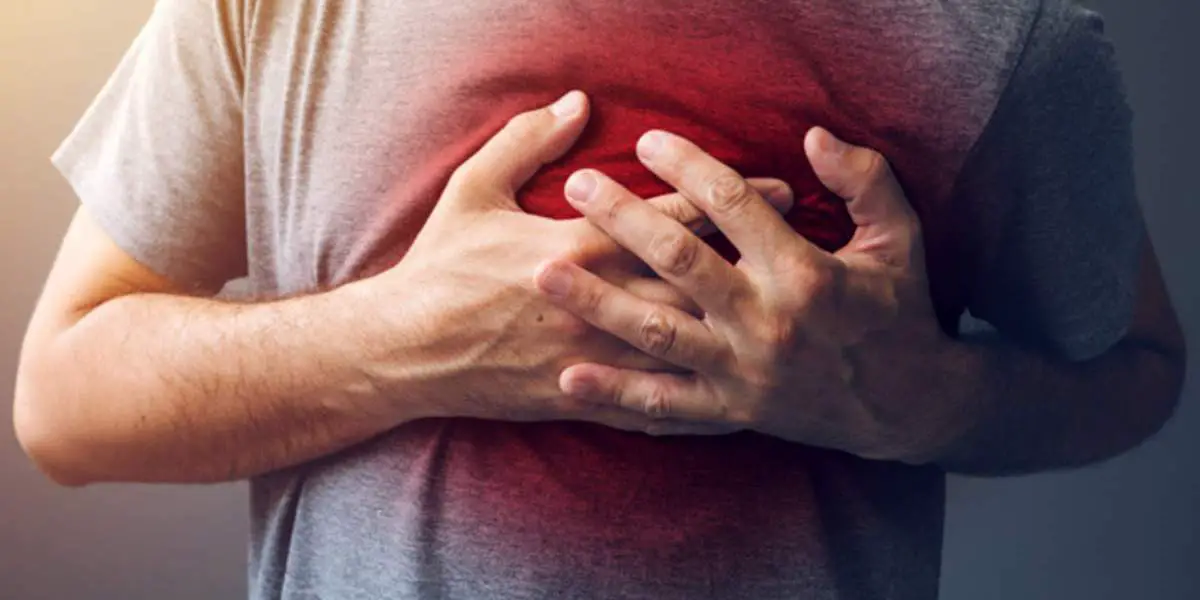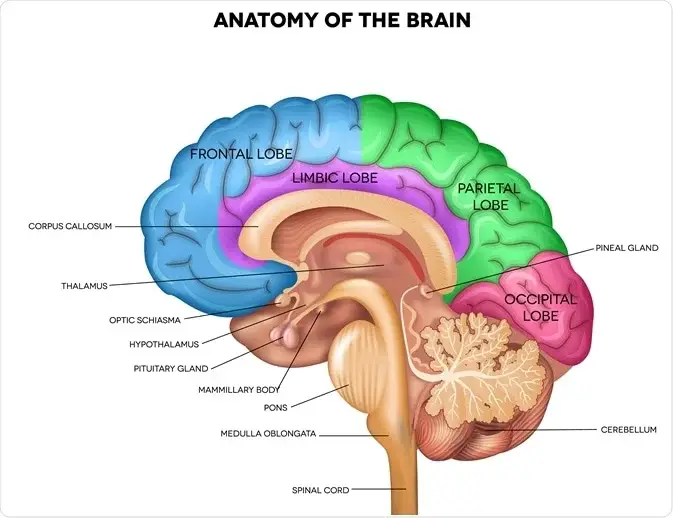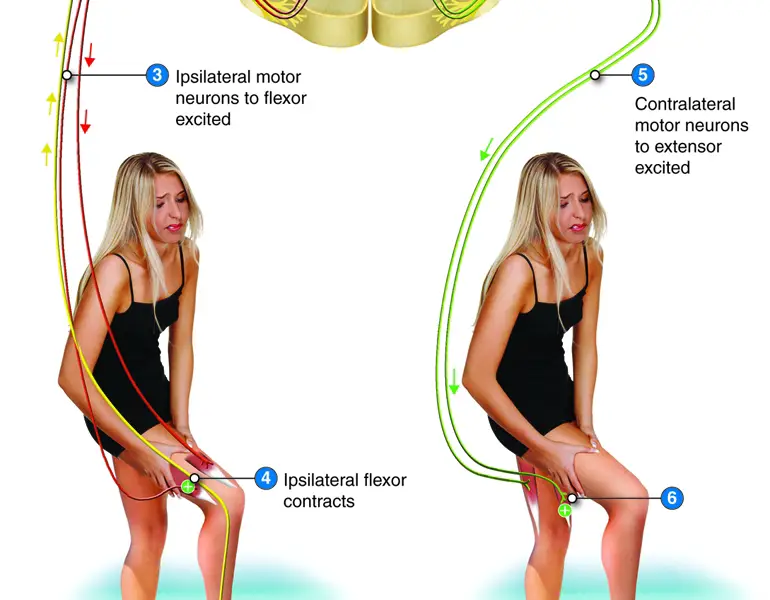Innate vs Adaptive Immunity: What are the differences between innate and adaptive immunity? The human body has two protective immunological systems against pathogens: the innate immunity and the adaptive immunity. In this quick and easy lesson, we will explain the differences between the innate and adaptive immunity. The innate immunity and adaptive immunity differ based on the type of components that are used to protect the human body. For example, the innate immunity consists of neutrophils, dendritic cells, natural killer cells, macrophages, complements, physical barriers. On the other hand, the adaptive immunity contains components such as T cells, B cells, and antibodies to protect us from viruses, bacteria, and other pathogens.


































